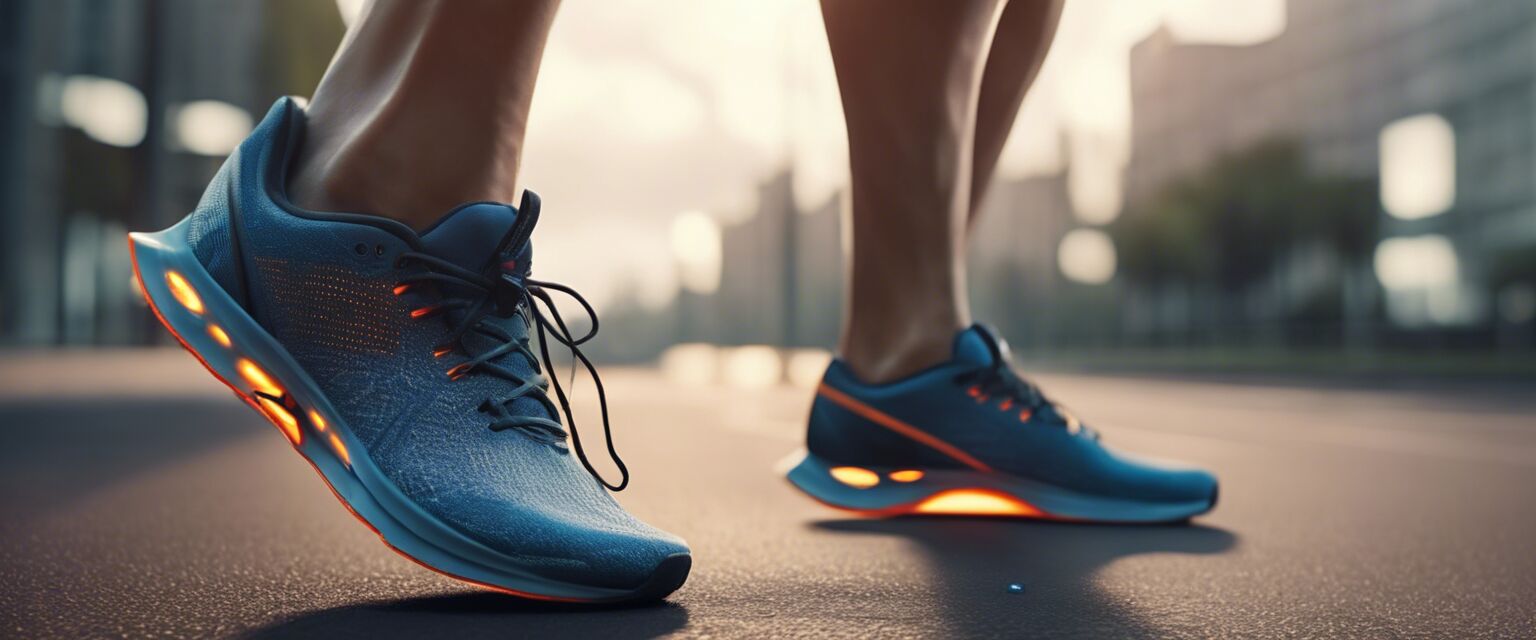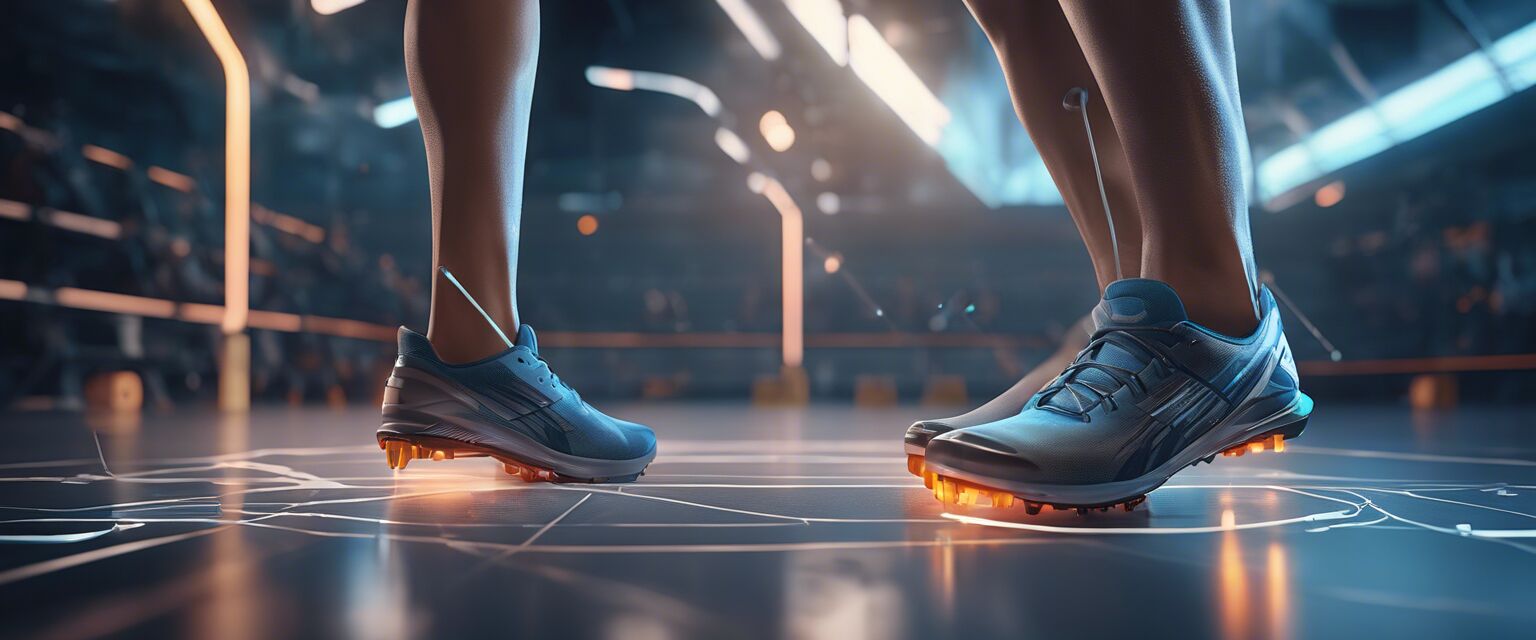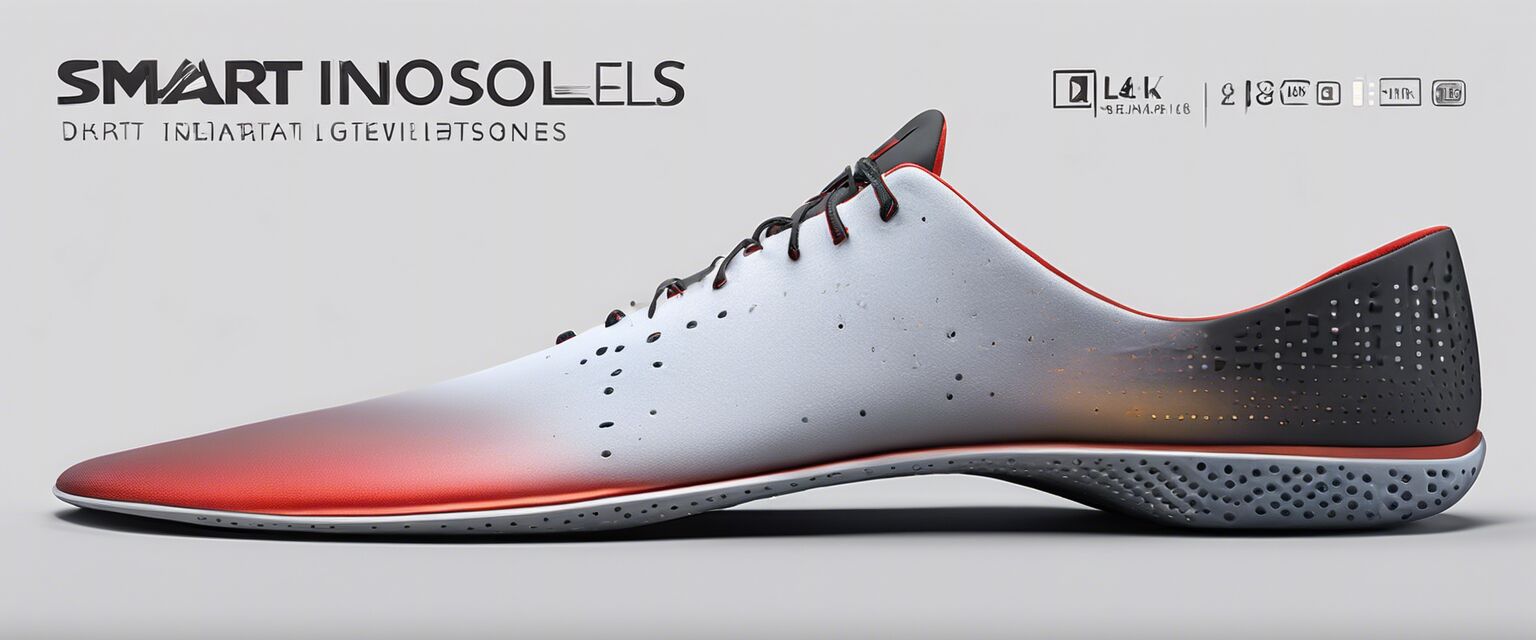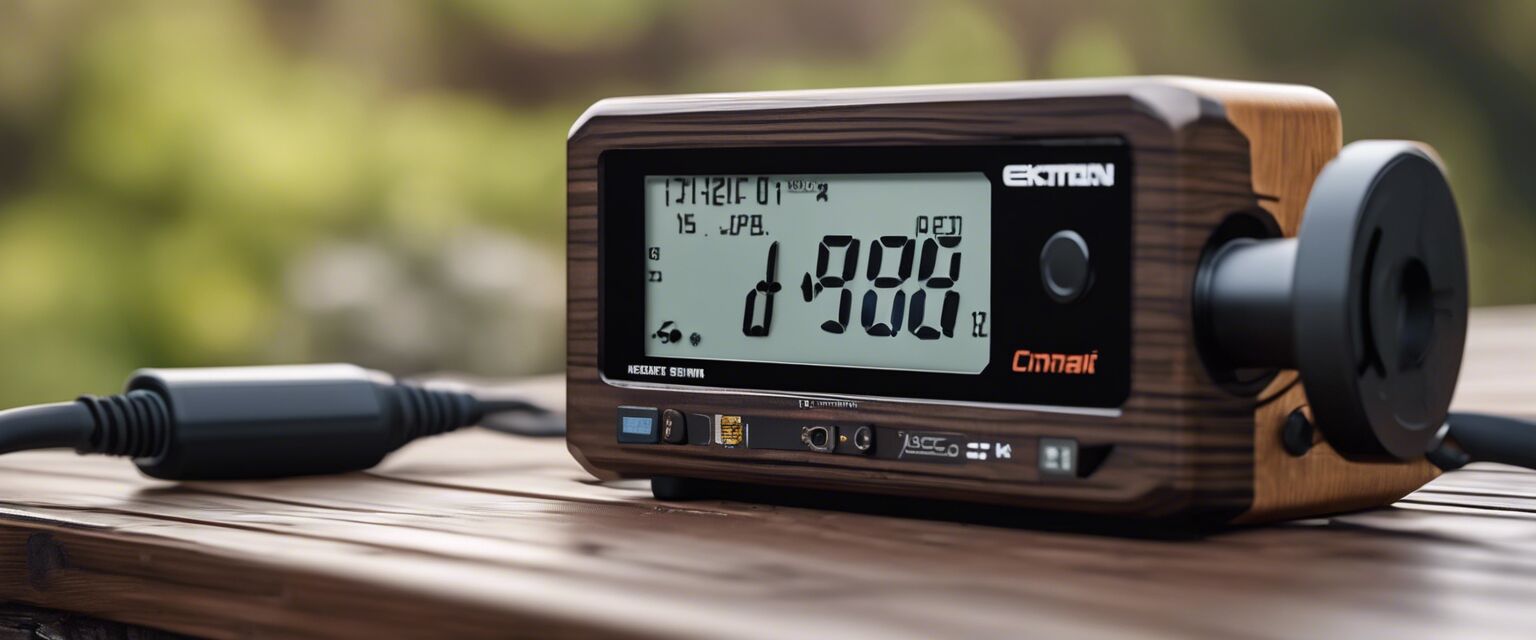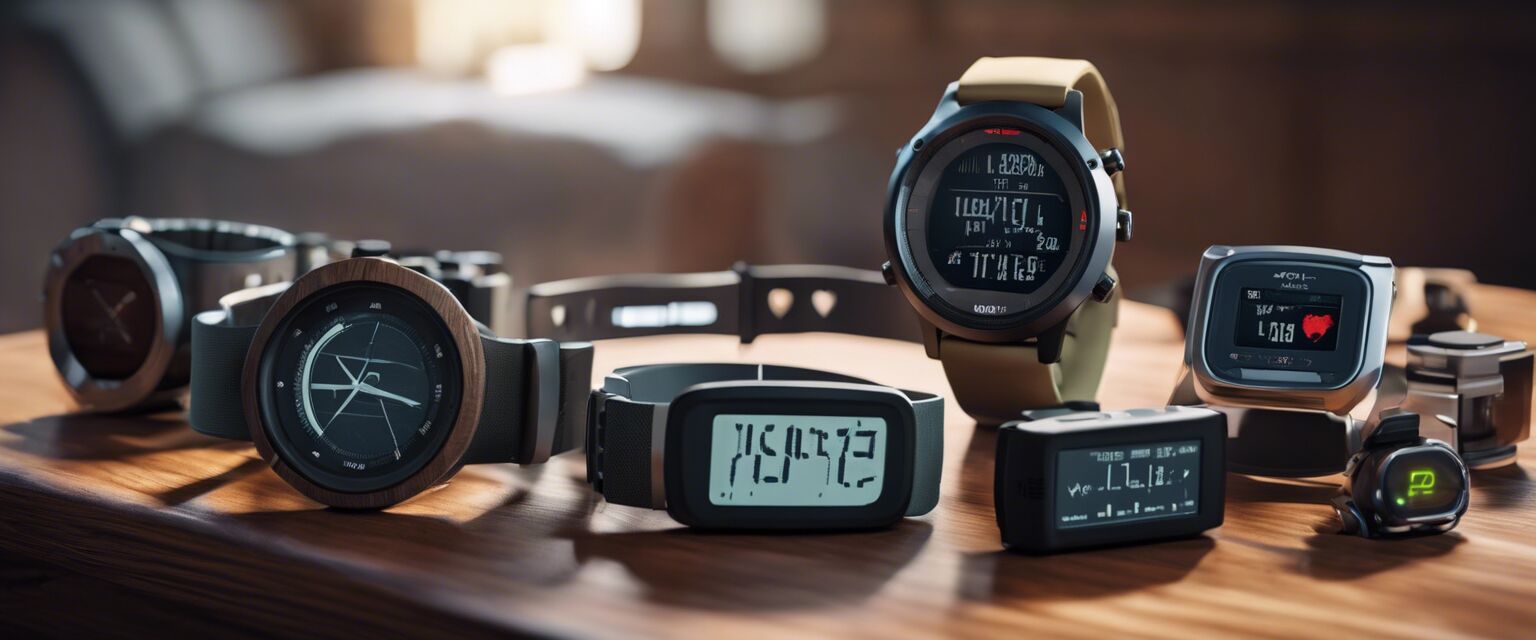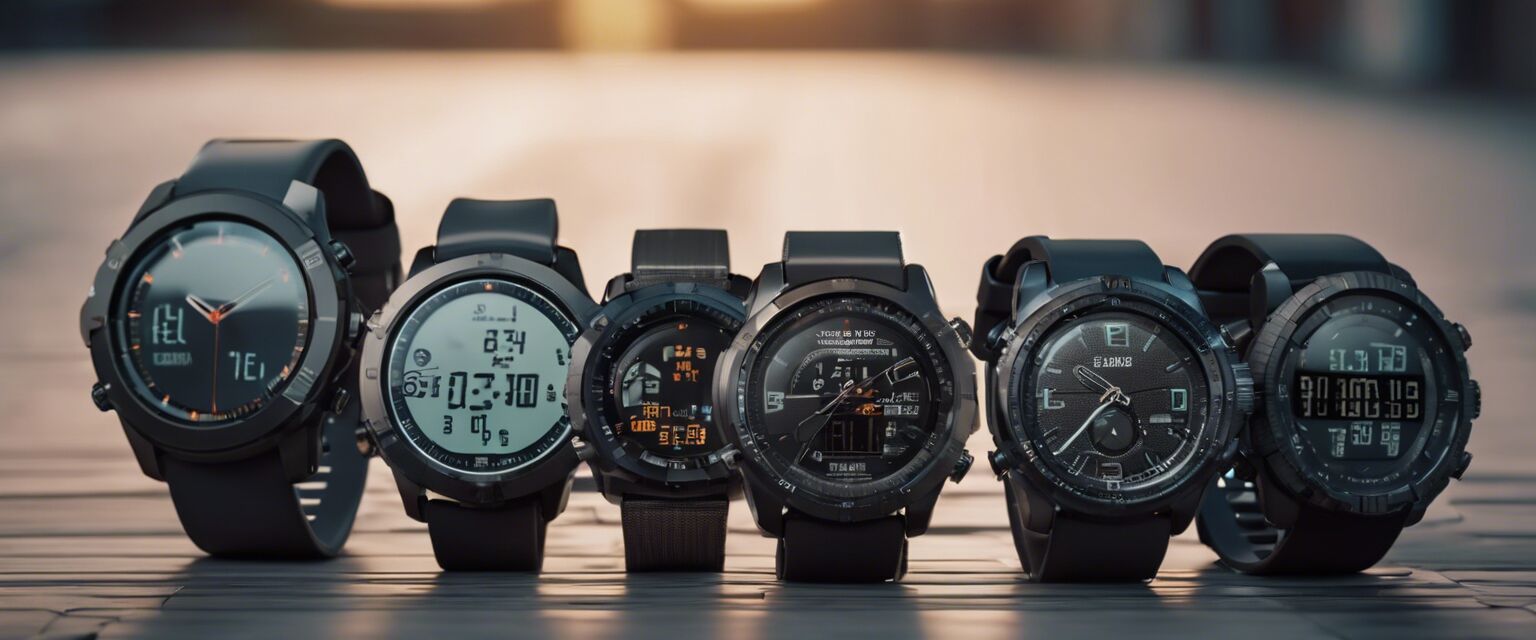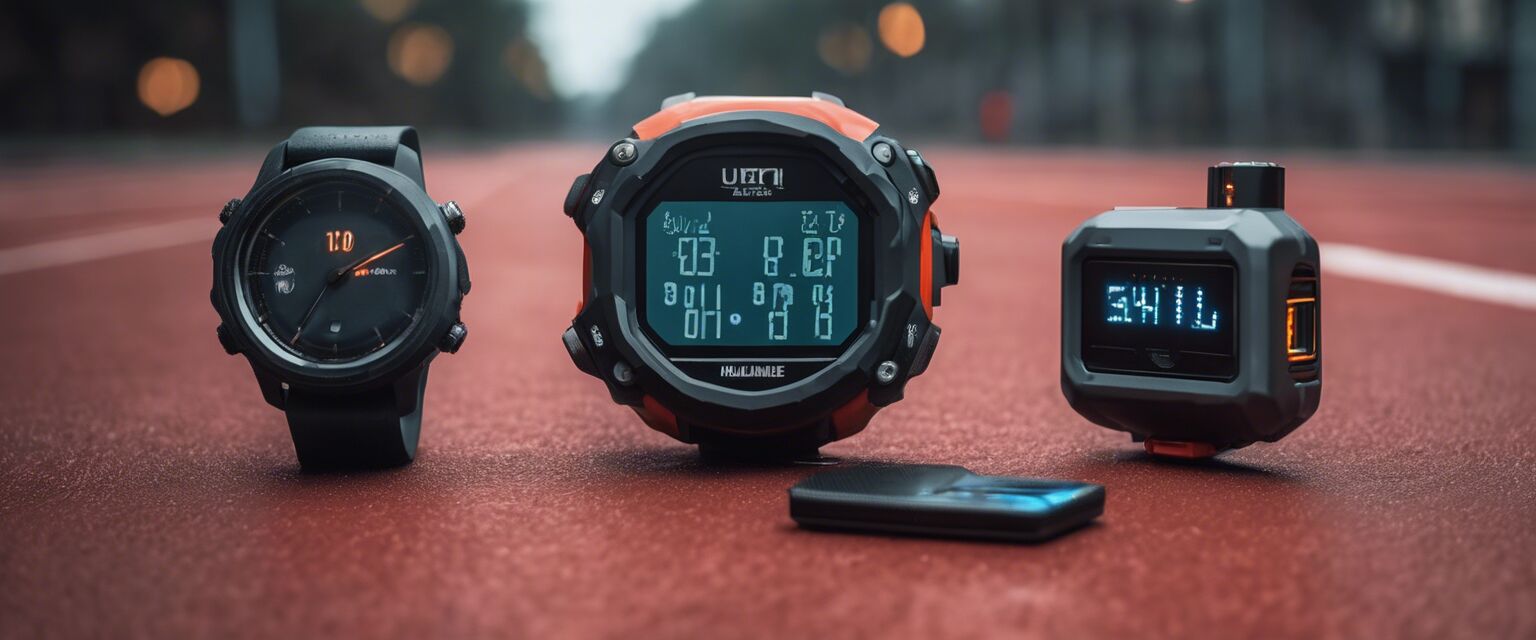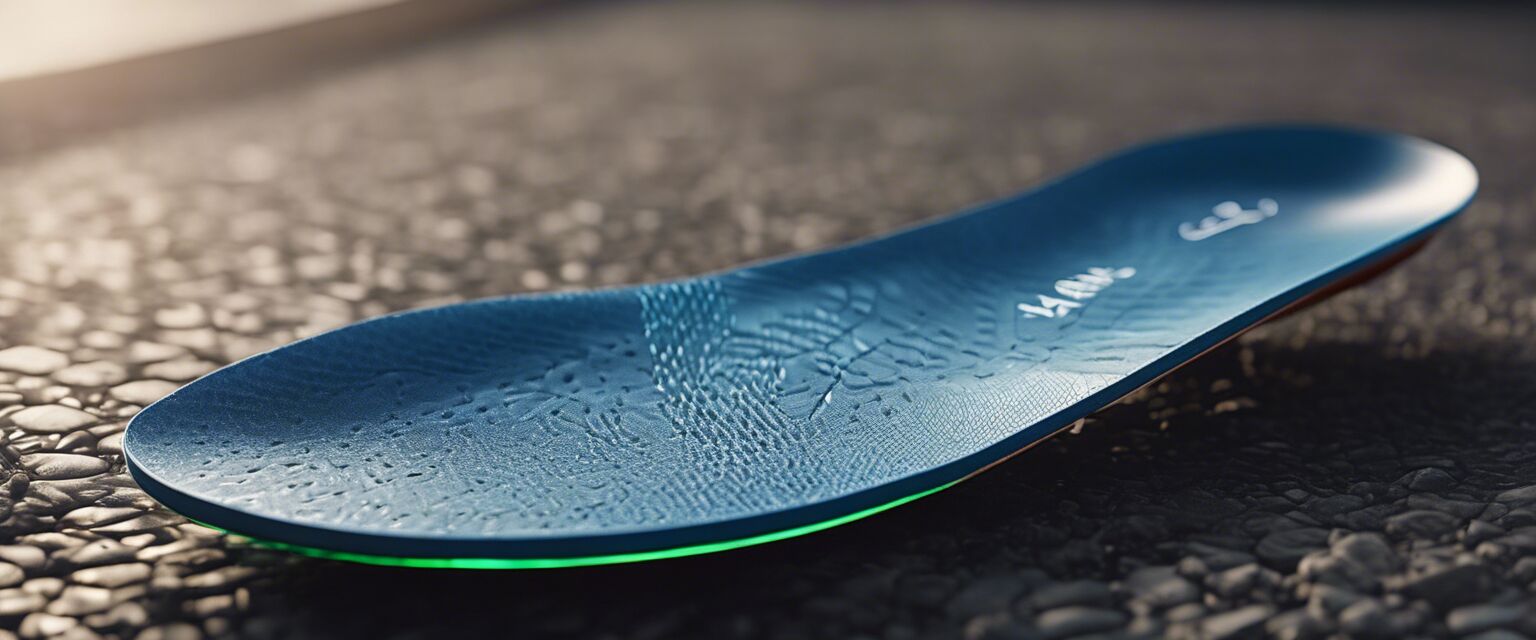
Smart insoles & foot sensors
Key Takeaways
- Smart insoles and foot sensors provide valuable data for runners.
- They track metrics such as distance, pace, and foot strike.
- These devices can help prevent injuries by providing insights on running form.
- Integration with smartphones enhances user experience and data analysis.
Smart insoles and foot sensors are revolutionizing the way runners track their performance. These innovative gadgets not only provide insights into your running metrics but also contribute to overall health awareness. In this comprehensive overview, we will delve into the features, benefits, and considerations of smart insoles and foot sensors.
What are smart insoles?
Smart insoles are advanced footwear inserts equipped with sensors that collect data while you run. They can measure various metrics, including:
- Distance covered
- Pace
- Foot strike pattern
- Weight distribution
- Caloric burn
How do foot sensors work?
Foot sensors work by utilizing a combination of pressure sensors and accelerometers to detect and analyze your foot movements. As you run, they gather data and send it to a connected device, usually your smartphone or smartwatch.
Key features of smart insoles
| Feature | Description |
|---|---|
| Real-time tracking | Provides immediate feedback on your running metrics. |
| Data analysis | Compiles data for long-term performance tracking and improvement. |
| Injury prevention | Analyzes foot strike and gait to help reduce injury risks. |
| Compatibility | Connects with various smartphones and fitness apps for enhanced usability. |
Benefits of using smart insoles
Smart insoles offer numerous benefits for runners, including:
Pros
- Improves performance by providing actionable insights.
- Helps in maintaining an ideal running form.
- Offers personalized feedback based on your running style.
- Can lead to better training outcomes.
Cons
- May require a learning curve to fully utilize features.
- Quality and durability can vary by brand.
- Some models may be expensive for casual runners.
Popular types of foot sensors
There are various types of foot sensors available in the market, each designed for specific needs:
| Type | Best For | Key Features |
|---|---|---|
| Smart insoles | General runners | Real-time metrics, lightweight, and comfortable. |
| Foot pods | Trail runners | GPS integration, rugged design, and durability. |
| Wearable foot sensors | Professional athletes | Advanced analytics, performance monitoring, and coaching. |
How to choose the right smart insoles
When selecting smart insoles, consider the following factors:
- Comfort: Ensure the insoles fit well within your running shoes.
- Data accuracy: Look for models with good reviews regarding their data precision.
- Battery life: Choose insoles that have a long-lasting battery for extended use.
- App compatibility: Ensure they work with your preferred fitness apps.
Integrating smart insoles with your training
To maximize the benefits of smart insoles, integrate them into your training routine:
- Start by using them on short runs to get accustomed to the feedback.
- Gradually increase distance while monitoring the data collected.
- Adjust your training based on insights from the data.
- Set specific goals to measure progress over time.
Conclusion
Smart insoles and foot sensors are valuable tools for any runner looking to enhance their performance and gain insights into their running style. By tracking essential metrics and providing actionable feedback, they can lead to more informed training decisions and ultimately improve your overall running experience.
Tips for beginners
- Start with affordable models to test the waters.
- Regularly check for software updates on the accompanying apps.
- Engage with online communities for tips and tricks.
- Mix your training to keep it interesting and effective.
Additional resources
For more information on running technology, check out our other articles:
- Advanced running watches
- GPS trackers for runners
- Heart rate monitors
- Safety lights and reflectors
- Smartphone running accessories
- Wireless earbuds for runners
